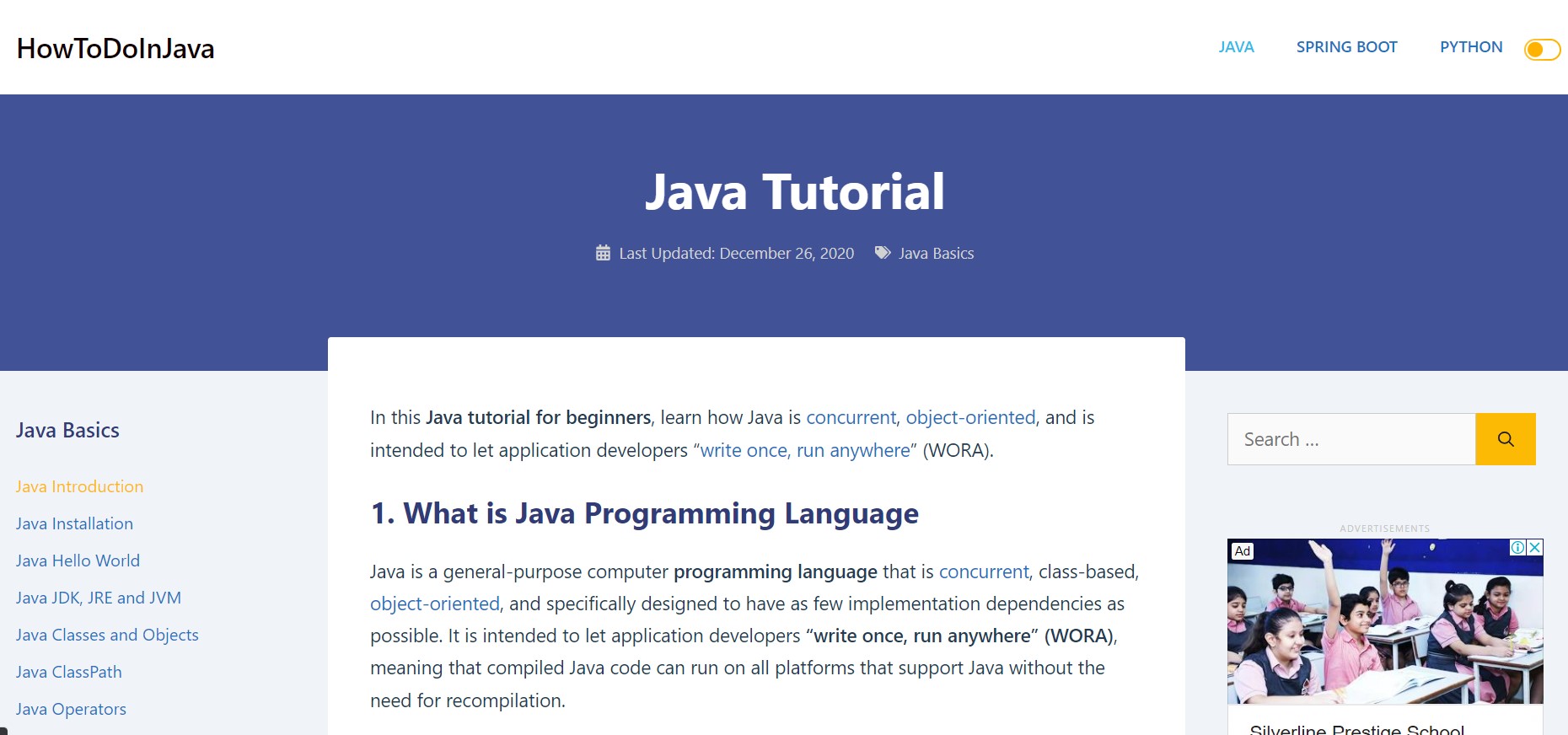

If you want the output to be of class ame you will need to use the as.ame function as follows: data <- read_excel(file_path, skip = 1) However, you may have noticed that the output is of class tibble (a modern type of data frame). In addition, if you want to avoid reading the column names, you can set the col_names argument to FALSE: read_excel(file_path, col_names = FALSE) New names: read_excel(file_path, range = "B1:B5") # A tibble: 4 x 1 In this case, the skip argument won’t be taken into account if you specify it. Note that you could also specify a range of cells to be selected with the range argument.

Read_excel(file_path, skip = 1) # A tibble: 3 x 2 You can also skip rows with the skip argument of the function: # Skip first row Read_excel(file_path, sheet = 2) # Equivalent # A tibble: 2 x 4ġ (at birth) (office supply type) (date is approximate) (in grams) Read_excel(file_path, sheet = "two-row-header") # Selecting the other sheet of the Excel file Note that, by default, the function loads the first Excel sheet. The sheet argument allows you to specify the sheet you want to load, passing its name or the corresponding number of the tab. # Get the path of a sample XLSX dataset of the package Once loaded, or once you have the path of your own Excel file, you can use the excel_sheets function to check the Excel file sheet names, if needed. In order to load the path of the sample Excel file you can make use of the readxl_example function.


 0 kommentar(er)
0 kommentar(er)
